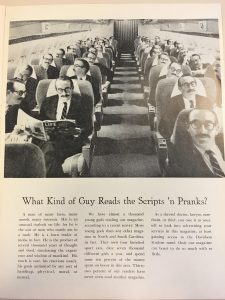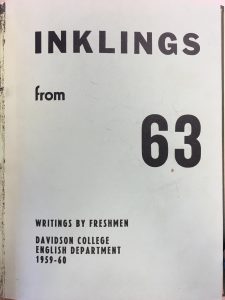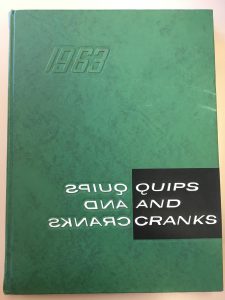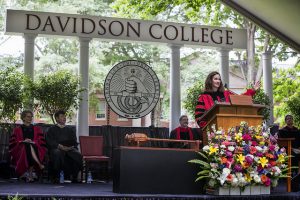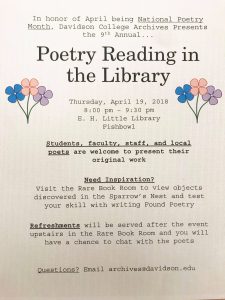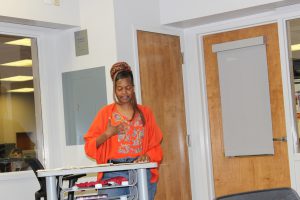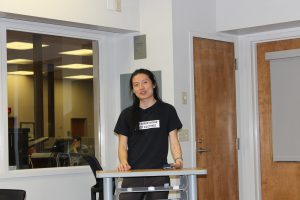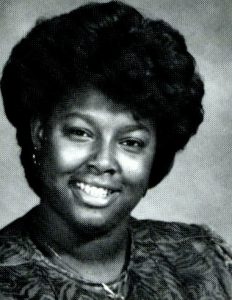Kseniia Koroleva majored in education at Murom University. Prior to her arrival at Davidson, she taught English as a foreign language in Russia. She is a Fulbright scholar and has been at Davidson since 2020. She works as a Russian teaching assistant for the Russian Studies Department and is involved in the Humanities program.
The newly formed Soviet Union was surrounded by many contradictory views and opinions on the global arena. Due to heavy propaganda and censorship, it was next to impossible to find out about the real horrors of Bolshevism. Thus, the guest speakers specifically from the Soviet Union drew a lot of attention here in the US. Their lectures were a rare opportunity to debunk some circulating myths and rumors for those who wanted to learn more about the USSR.
The desire to learn more about the political system of the Soviet Union was also widespread among Davidson students. The lecture committee made it possible to hear from guest speakers what it was like to live under the Soviet government. One of the first speakers to cast light on the reality of the Soviet regime was Alexandra Tolstoy, the youngest daughter and the secretary of Count Leo Tolstoy.

Alexandra’s lecture was held in Chambers auditorium on 22 March 1937 and was free to attend for Davidson students and the local community. The event was also advertised in the Davidsonian issue from 17 March 1937[1] and brought “one of the largest audiences ever to attend a lecture in Chambers auditorium.”[2]
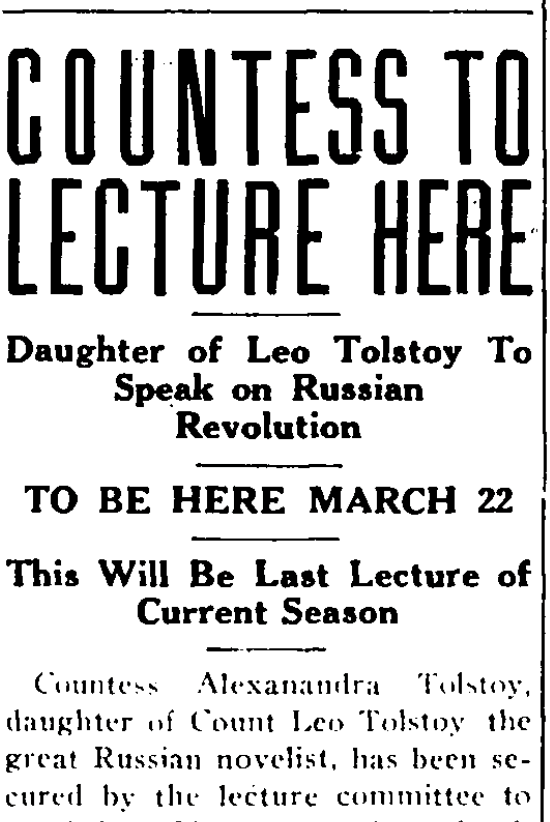
Alexandra wasn`t politically involved. Still, before she came to the US, she was watched by the Soviet government and eventually arrested. Alexandra was suspected of association with the anti-communist movement after unknowingly allowing the Tactical center of the Whites (anti-communist forces) to have meetings in her office[3]. After leaving the Soviet Union, Alexandra strongly believed it was her mission to tell the West about the suffering and devastation caused by Bolshevism. In her lectures, Alexandra stated that her father would be opposed to the policies of the new government[4]. She didn`t shy away from speaking the harsh truth about the dreadful conditions and poverty in which regular Soviet people lived. The topic of education was a focal point of her talks. Alexandra used to lead her private school and shared how in her opinion, the quality of education became worse under the Soviets no matter the increased number of schools. She emphasized that the government didn`t care about the quality of education and forced her to graduate everyone without considering students’ abilities and results. The tour through America allowed Alexandra to share more freely her criticism of the Soviet regime, but even being so far away from her homeland, she still wasn`t completely safe and some Soviet officials followed her to the US[5].
Even though the tour attracted Alexandra some unwanted attention, and she also faced a fair amount of skepticism[6] due to her background, she still didn`t abandon her mission and made at least some people walk back and rethink how they perceived the Soviet Union.
[1] “Countess to lecture here. Daughter of Leo Tolstoy To Speak on Russian Revolution”. Davidsonian [Davidson, NC] 17 March 1937.- p.1.
[2]“Russian tells of revolution. Countess Tolstoy, Daughter of Author, Talks on Soviet Regime”. Davidsonian [Davidson, NC] 24 March 1937.- p.1.
[3] Tolstoy, Alexandra et al. Out of the Past. New York: Columbia University Press, 1981.-p.114.
[4] “Russian tells of revolution. Countess Tolstoy, Daughter of Author, Talks on Soviet Regime,” 1.
[5] Tolstoy, Out of the Past, 352 – 353.
[6] Tolstoy, Out of the Past, 349 – 350.
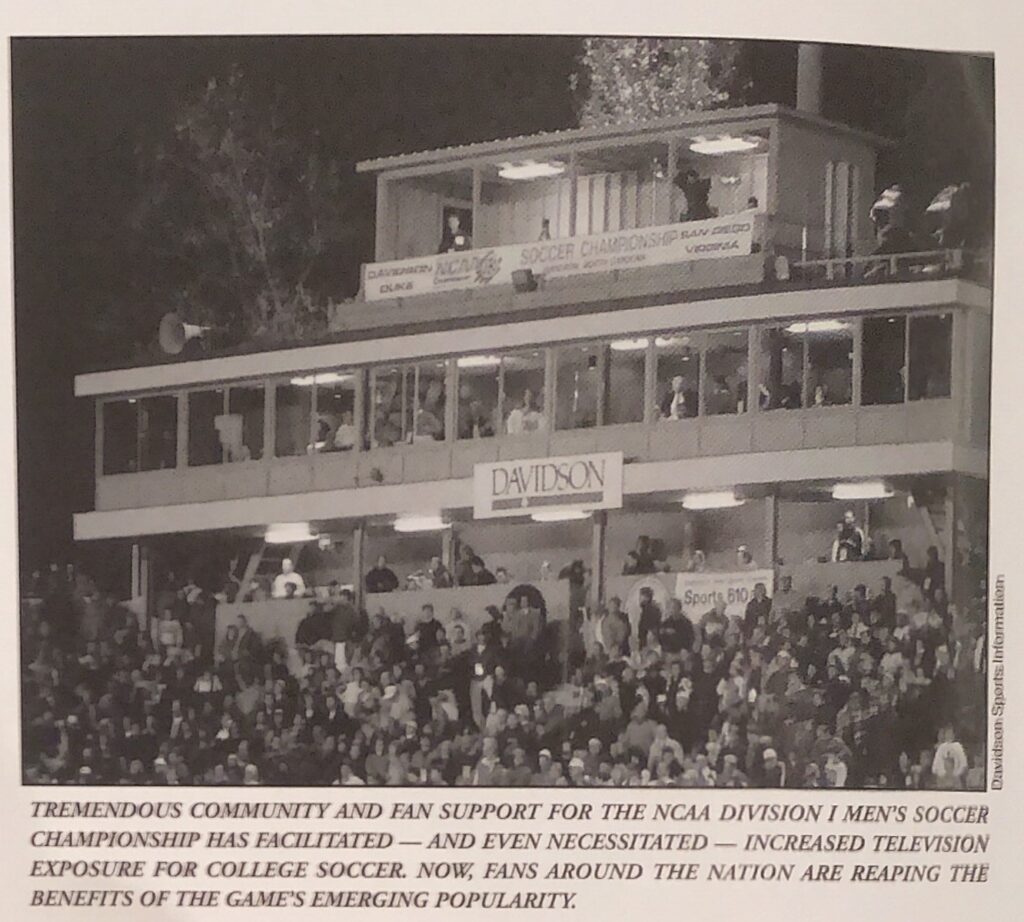
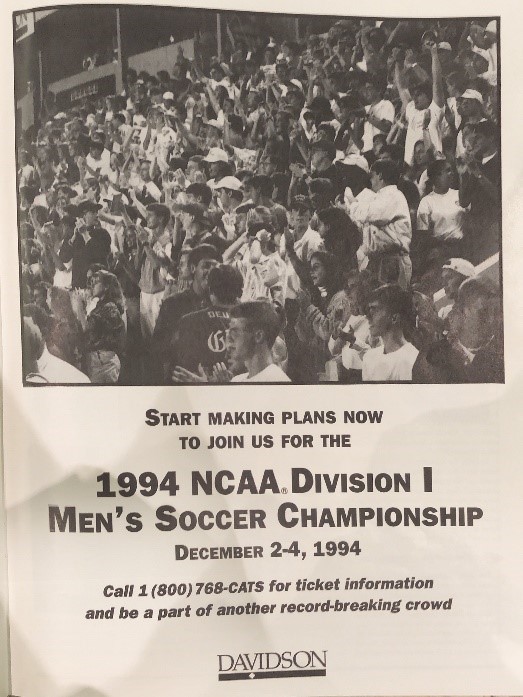
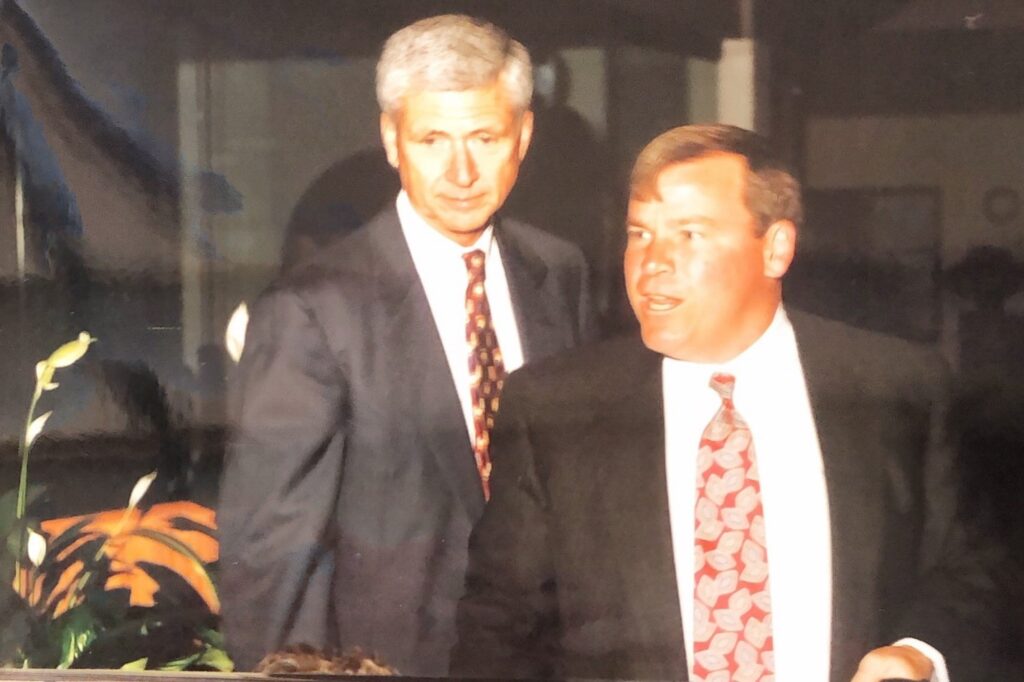
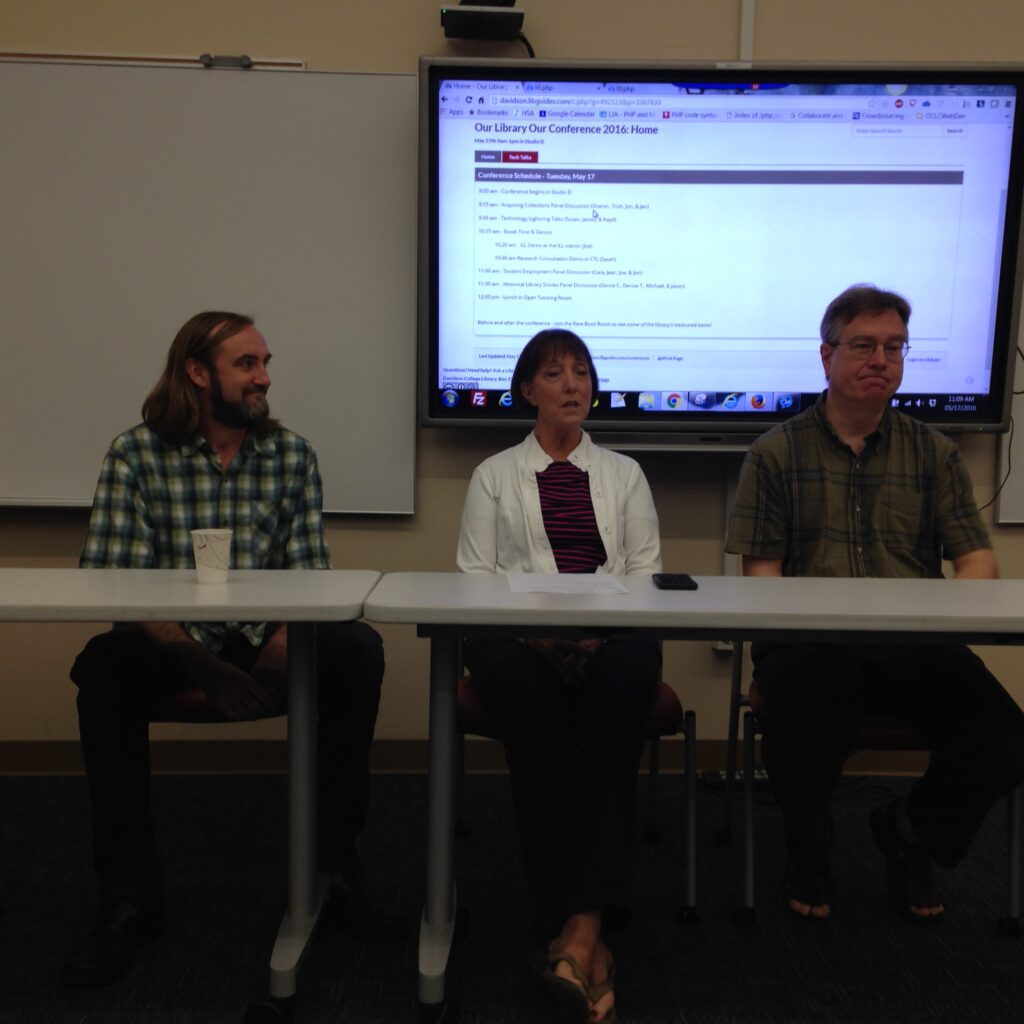
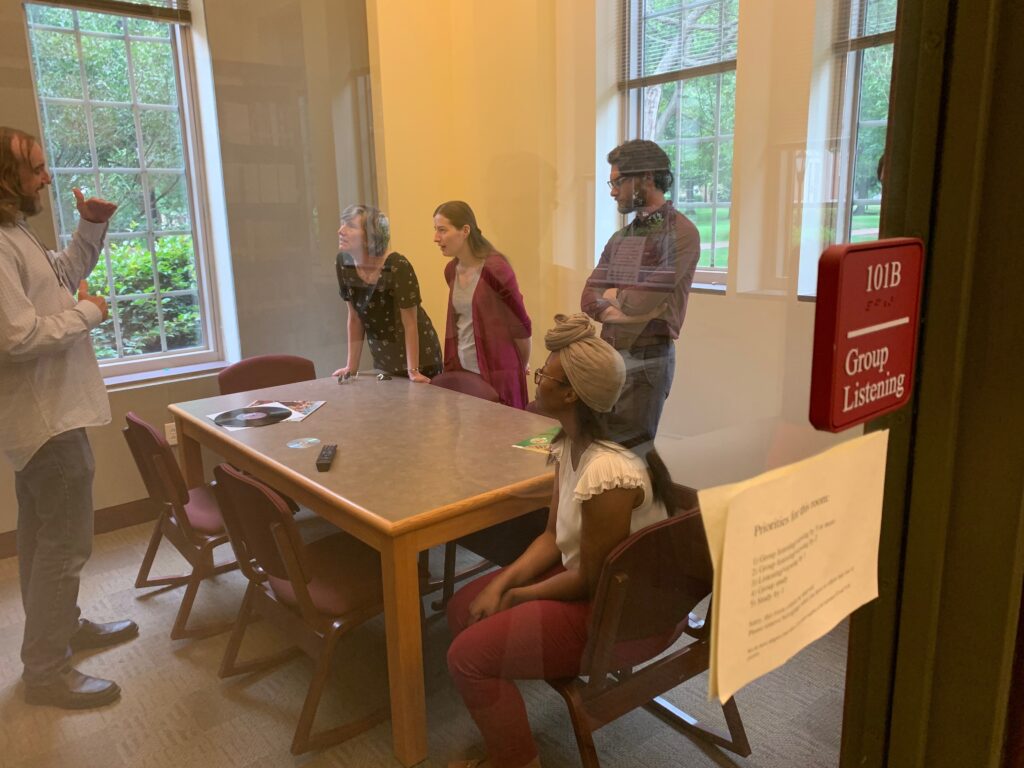
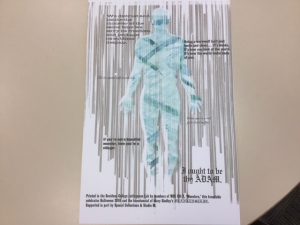
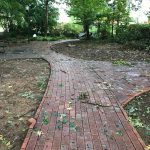
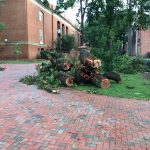
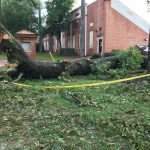
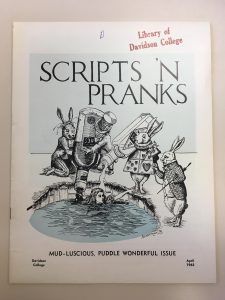 Cover of Scripts ‘n Pranks April, 1963
Cover of Scripts ‘n Pranks April, 1963